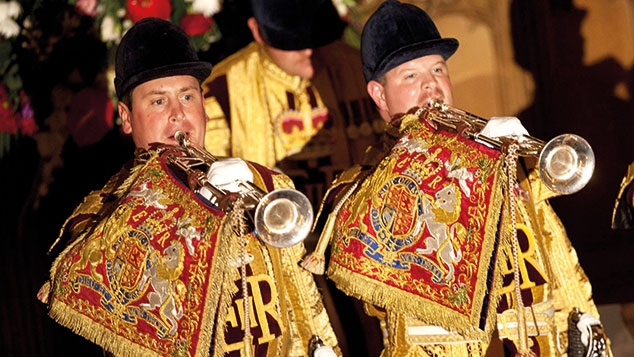
The City of London Corporation is the local authority for the Square Mile – but it does far more than take away the rubbish and mend roads. Simon Wilson reports.
What is the City of London Corporation ?
It’s the municipal authority for the “Square Mile” that marked the boundaries of London in ancient and medieval times, and today constitutes London’s main financial district. Until 2006, the body was known simply as the Corporation of London: its decision to rebrand as the “City of London Corporation” was to avoid possible confusion with institutions that govern Greater London as a whole.
In some ways it’s the equivalent of a borough council, in that it bears the standard responsibilities for planning, transport, waste disposal and so on. However, the Corporation also has other roles that are more important – and far more controversial. It is in effect a property company, owning vast swathes of land both in the City and elsewhere. And it is a highly effective lobbyist, explicitly committed to protecting and promoting the interests of the UK’s financial sector.
How did it get to be so powerful?
It’s a long story. Over the centuries since the foundation of London by the Romans, the City adopted many aspects of Saxon civic practice. Of crucial importance was the development of the “folk-moot” – a meeting of all citizens at St Paul’s Cross, where contentious matters would be aired. This institution in particular, argues the political theorist (and Labour peer) Maurice Glasman, “formed the basis of the Corporation of London and its position in the Ancient Constitution” as a civic institution second only to the sovereign.
After the Norman Conquest, a stream of charters and privileges continued to entrench its powers. In practice, London’s combination of wealth, functioning democratic and legal institutions and effective civil militias meant that “the Crown could never subordinate the City of London to its rule. London taxed itself, judged itself and governed itself,” says Glasman. In 1191, London declared itself a self-governing “commune”. In 1215, Magna Carta promised to protect the City’s “ancient liberties”. Its position as a power in the land was secure.
What happened as London grew?
The decades from the 1580s onwards saw a surge in population as “internal refugees” were forced off the land by the enclosures and arrived in the capital. By 1625, London, as a whole, had 400,000 inhabitants and had spilled beyond the City’s boundaries. In 1632, the Crown asked the Corporation to extend its privileges and institutions to the new Londoners in its suburbs. But the Corporation refused, instead transporting its excess population to Ulster. Its special status as a legal “body politic” unto itself was reaffirmed, following the Glorious Revolution, by the Second Charter in 1690 – and its legal status is virtually unchanged since then.
Why is the Corporation controversial?
Because it’s an overmighty power in the land that needs reining in, according to critics – the very definition of opaque plutocracy and unearned, unchecked power. The medieval flummery of Lord Mayor’s banquets and parades masks cold, hard power: the job of the little-known parliamentary official called the Remembrancer, to take one example, is still to sit opposite the Commons’ Speaker and ensure that the City’s “established rights are safeguarded” at all times. Its “City’s Cash” fund (worth £1.3bn in 2012) is exempt from the Freedom of Information Act. And the votes of businesses (allotted on scale relative to the number of employees) vastly outnumber the votes of the 9,000 or so residents. The idea is that this reflects the fact that up to 400,000 workers commute in every day, and the City is their “home”, too.
Might it be abolished?
Unlikely, but not impossible. The shadow chancellor John McDonnell wrote in 2012 that a future Labour government would “abolish once and for all the last bastion of the undemocratic business vote by scrapping the City of London Corporation”. Andrew Fisher, Labour’s executive director of policy, has also called for abolition. He argued in 2015 that the Square Mile is the “home of the devilry of modern finance” (an echo of Herbert Morrison) and “it is time its powers were abolished”.
By contrast, Sadiq Khan, the Labour mayor of (Greater) London, is firmly opposed to such ideas – describing them last year as “ridiculous” and “not in the interests of London” as a whole. Intriguingly, the path to reform may come from within. Last spring Labour candidates won five seats on the City’s ruling body, the Court of Common Council – an unprecedented breakthrough given that all eligible candidates must be Freemen of the City of London and almost all “Councilmen” are independents. It’s only five out of a hundred so far. But the City has been around for 2,000 years. It can wait.